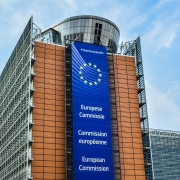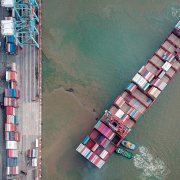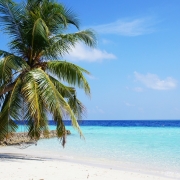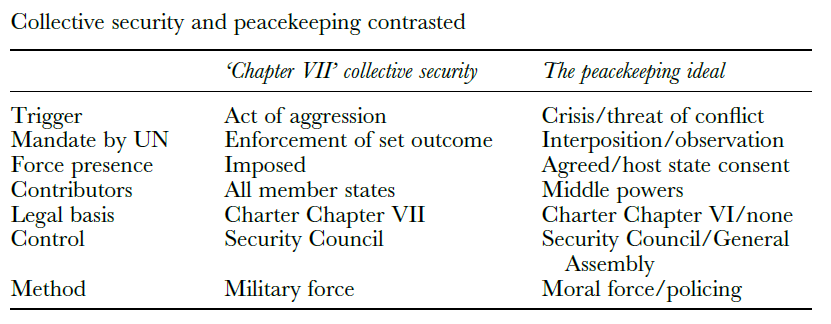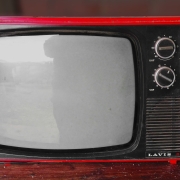What are chaebols in South Korea?
Topic of Study [For H2 History Students]:
Paper 1: Understanding the Global Economy (1945-2000)
Section B: Essay Writing
Theme II Chapter 3: Rise of Asian Tigers from 1970s to 1990s [South Korea and Taiwan]
Origins of Chaebols
Chaebols (재벌) are large family conglomerates that played a crucial role in the economic miracle of South Korea. The word “chaebols” refers to “financial clique”. After the Korean War (1950-1953), some entrepreneurs took advantage of the available opportunities, particularly the purchase of former Japanese-owned companies that were nationalised by the Rhee government. During Japanese colonial rule, these businesses dominated the manufacturing, trading and finance sectors.
The chaebols began to emerge under the patronage of the Rhee regime, and they paid the regime back through illicit political contributions. The major sources of chaebol accumulation during the Rhee period were selective allocation of import licenses and quotas, bargain price acquisition of former Japanese properties, aid funds and materials, cheap bank loans, and government and U.S. military contracts for reconstruction activities.
[…] Vested properties provided the initial base for many chaebols.
An excerpt from “In the Shadow of Violence: Politics, Economics, and the Problems of Development” by Douglass C. North, John Joseph Wallis, Steven B. Webb and Barry R. Weingast.
Additionally, these Korean entrepreneurs were aided by the Rhee government through the latter’s use of import-substitution policies. The local market was insulated from foreign competition in targeted sectors, biding time for these companies to flourish. In other words, close networks between the entrepreneurs and government were vital in enabling the rise of private businesses.
Following the military coup led by General Park Chung-hee in 1961, the military government switched gears, transitioning towards an export-driven economy. The Park regime had identified local businesses to support its industrialisation plans. Through continued support in the form of incentives like preferential tariffs and low interest loans, these Korean businesses thrived.
Enter Byung-chul: Founder of Samsung
Pragmatic and competent Korean entrepreneurs like Lee Byung-chul and Chung Ju-yung had surmounted obstacles and leveraged on available opportunities to dominate local and world markets. In 1938, Lee formed Samsung Trading (삼성물산). Although the Korean War had disrupted his plans, Lee remained determined to expand his business globally. After the end of the war, he set up Samsung Trading’s branch office in Tokyo, Japan.
Whilst under the Rhee government, Lee capitalised on the business opportunities granted by the former’s import-substitution policies. He established a sugar and flour manufacturing company known as Cheil Jedang (씨제이제일제당 주식회사) in 1953 and a textile company called Cheil Mojik (제일모직) in 1954.
Lacking know-how in textile production during its early days, [Cheil Mojik] engaged in technology transfers with European and Australian firms to learn spinning, grinding, shearing, raising, and milling technologies. With the rise of export-orientation industrialization strategies during the 1960s, Cheil engaged in exports, starting with 8000 lbs. of worsted yarn, exported to Hong Kong in 1961.
An excerpt from “The Routledge Companion to Asian Family Business: Governance, Succession, and Challenges in the Age of Digital Disruption” by Ho-Don Yan and Fu-Lai Tony Yu.
After the rise of Park’s military government, Lee re-positioned Samsung Trading and Cheil Mojik as key Korean exporting companies. In 1969, Samsung was given a chance to venture into the electronics industry. Lee sought help from Japanese electronics firms Sanyo and NEC (Nippon Electric Company) to access foreign technology.
Lee Byung-chul also sought to identify and leverage other new business opportunities for Samsung, taking advantage of strong economic growth and the rapidly advancing skills of Korean engineers. The group expanded into shipbuilding through a combination of acquisitions and new shipyard constructions.
[…] In the 1980s, as Lee Byung-chul sensed global business opportunities earlier than others, Samsung took the lead among Korean manufacturers in setting up overseas factories in order to strengthen its global market presence. This new direction was particularly visible in the electronics industry, where Samsung had become a major global competitor. It invested into production sites in Portugal, the UK, and the USA.
An excerpt from “Entrepreneurship in Korea: From Chaebols to Start-ups” by Martin Hemmert and Jae-Jin Kim.
What can we learn from this article?
Consider the following question:
– Assess the significance of private businesses in contributing to the economic miracle of South Korea.
Join our JC History Tuition to learn more about the rise of Asian Tiger economies. The H2 and H1 History Tuition feature online discussion and writing practices to enhance your knowledge application skills. Get useful study notes and clarify your doubts on the subject with the tutor. You can also follow our Telegram Channel to get useful updates.
We have other JC tuition classes, such as JC Math Tuition and JC Chemistry Tuition. For Secondary Tuition, we provide Secondary English Tuition, Secondary Math tuition, Secondary Chemistry Tuition, Social Studies Tuition, Geography, History Tuition and Secondary Economics Tuition. For Primary Tuition, we have Primary English, Math and Science Tuition. Call 9658 5789 to find out more.



